How to plant a decorative yarrow and care for it in the garden?
Perennial yarrow (Achilles), better known as a wild medicinal plant, has a cultural brother, ornamental yarrow. Planting garden varieties and hybrids, caring for them is no more difficult than growing wild plants in "pharmacy" beds. The difference is small, due to the peculiarities of the conservation of varietal traits - cultivated species are more diverse in color and the degree of doubleness of flowers.
Growing from seeds
For growing decorative yarrow from seeds, only new varieties purchased in specialized stores are recommended. This is due to the fact that subsequent generations of seeds do not fully inherit the qualities of mother plants. In addition, store-bought seed mixtures are fully prepared for sowing by the manufacturer, they give the best germination and resistance to negative influences.
Like most perennials, garden yarrow with direct sowing in open ground in spring begins to bloom in the second year. To speed up the growing process, it is grown either through seedlings or by sowing seeds before winter.
Sowing seedlings
In its natural environment, Achilles willingly grows everywhere. It is generally accepted that her favorite habitats are semi-shady river floodplains, wetlands. However, often mass growth of yarrow is found in completely open dry places - meadows, forest glades, in the steppe zone, on rocky mountain slopes.
Garden forms are successfully grown both in flower beds completely open to the sun and in places with light shading.
The decorative yarrow does not make special demands on the soil, but heavy clayey or highly acidified soils are not for it.
Achilles cushion varieties are planted on well-drained soils containing sand. Sowing dates: late February - early March. The soil is a mixture of coarse sand and moderately fertile substrate in equal proportions.
The algorithm for growing seedlings is as follows.
- Sow in seedling boxes in grooves, cut at a distance of 3-4 cm from each other. The depth of the grooves is no more than 1 cm.
- Seeds are spread in 2-3 cm increments, sprinkled with soil mixture and moistened through a fine spray bottle.
- The box with the crops is covered with glass or covered with foil, placed on a warm windowsill with good diffused lighting.
- The crops are aired daily, condensate is removed from the lid, and the soil is moistened if necessary.
- Seedlings appear within the second week. The film (glass) is removed.
- Seedlings dive when 2 true leaves are formed. They are immediately seated in separate cups, the best option is peat pots or pressed cardboard containers.
At the stage of growing seedlings, yarrow only needs heat, light and regular watering.
Seedlings are planted on flower beds from late April to mid-May, guided by climatic conditions and the current weather forecast. Yarrow is patient and hardy, but young plants need to be protected from recurrent frosts.
For planting, holes are prepared, corresponding in size to the seedling cups. Peat or cardboard pots are completely immersed in holes, seedlings from plastic containers are carefully transferred along with a clod of earth. Then the soil is poured, rammed in the area of the root collar, watered.
Winter sowing of seeds
Seeds of decorative yarrow are sown at the very end of autumn, before the onset of cold weather, so that changeable weather does not provoke their premature germination.
- The planting site is prepared 2 weeks before sowing.The soil is loosened, lumps are broken, leveled.
- The sowing grooves are located at a distance of about 20 cm, their depth is not more than 2 cm.
- The seeds are laid out in grooves with an interval of 4-5 cm, they fall asleep, the bed is leveled again, and mulched with humus.
In the spring, seedlings are thinned out. The remaining plants should be arranged as follows:
- undersized yarrows are separated from each other at a distance of 8–10 cm;
- the distance between medium-sized specimens is 15–17 cm;
- tall varieties are located at 20-25 cm intervals.
Seedlings remaining after thinning are planted in the garden. Achilles is not only a wonderful honey plant, it also repels many harmful insects.
Propagation by cuttings
In addition to the seed method described above, in which the varietal characteristics of the plants are not preserved, and the division of the bush, cuttings are used.
Cuttings are prepared in summer from young green shoots. They are cut, treated with stimulants, and planted in shaded areas with fertile soil. Until the cuttings take root, they are kept under a light spanbond cover. After rooting, the seedlings are placed immediately in a permanent place.
Yarrow care
Decorative yarrow pleases the summer resident with minimal care requirements.
- Natural precipitation is enough for him, therefore, it is watered no more than once a week and only during a drought.
- On fertile soils, plants are fed once a season - in the spring, when mineral complexes are introduced. In poor areas, potash fertilizers are additionally applied at the beginning of flowering. They do not feed organics.
- Regularly carry out sanitary pruning of plants - remove faded shoots to stimulate the formation of new peduncles, maintain the decorativeness of the flower garden.
- Before winter, shoots are shortened to 10-15 cm. Yarrow plantings are covered only in anticipation of a cold, snowless winter, using dry plant residues - leaves, tops of tomatoes or marigolds.
- Achilles are transplanted every 5 years. The plants are dug up, the bush is divided and planted again in the prepared places. The optimal time is spring, however, the procedure is carried out in summer and early autumn.
Yarrow is highly resistant to possible diseases and pests, moreover, it is able to help its neighbors: its roots extract sulfur from the soil, which repels pests. The exception is the beet weevil, which settles in the roots of the plant. If a pest is found, the flowers are treated with Aktellik. If they are intended for medicinal purposes, they use folk remedies - infusions of wormwood, hot pepper, mustard or tansy.
The decorative yarrow does not lose its healing properties. For the preparation of medicinal raw materials, flowering shoots are cut.
Popular types of garden yarrow
The painstaking work of breeders presented summer residents with various varieties of decorative yarrow, which completely retained all the advantages of their wild relatives: healing properties and unpretentiousness. Garden forms delight with larger - up to 20 cm in diameter - inflorescences, rich color of leaves, color variety of petals.
Most varieties and hybrids of ornamental yarrow are derived from the following species.
- T. noble (AhilLea Nobilis) - up to half a meter high, with white inflorescences that open in early summer.
- T. silver (A. Clvennae) - medium-sized (up to 25 cm) plant with snow-white inflorescences, blooms all summer.
- T. common (A. Millefolium) blooms from mid-summer. The inflorescences are colored white, pink, yellow and purple.
- T. ptarmica, or pearl mussel (A. Ptarmica) - a flower reaching a meter in height. Reed inflorescences form a white ball with pearlescent tints. Blooms in the second half of summer.
- T. ptarmikolistny (A. Ptarmicoides) with gray-green leaves and stems. Blooms in June with white flowers with a creamy center.
- T. Tavolgovy (A. Philipendulina). Height exceeds 1 m.Golden yellow inflorescences open in July.
- T. felt (A. Tomentosa) forms 15-centimeter spreading bushes. Blooms from August with yellow flowers. Used as a ground cover plant.
- T. Keller (A. Kellereri) - a compact 15-centimeter bush with snow-white flowers.
The color range of inflorescences of decorative Achilles is represented by white and snow-white, delicate and bright pink, red and burgundy, lilac and purple flowers.
Any variety or hybrid of garden yarrow, planted on the site - in a flower bed, along paths, on an alpine hill - will only delight the summer resident. The simplicity of growing from seeds, ease of planting and completely easy care, combined with decorativeness and usefulness, make the plant an indispensable assistant for overly busy in the garden or lazy summer residents.
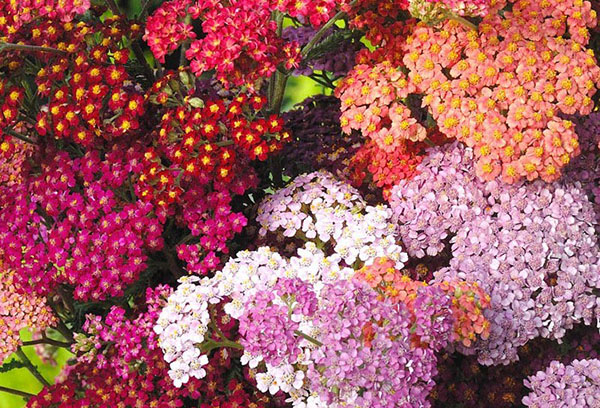
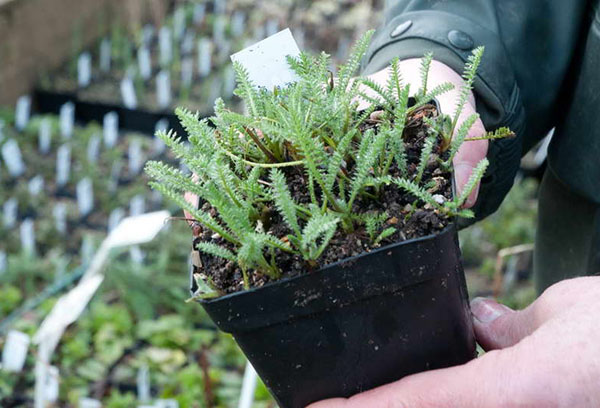

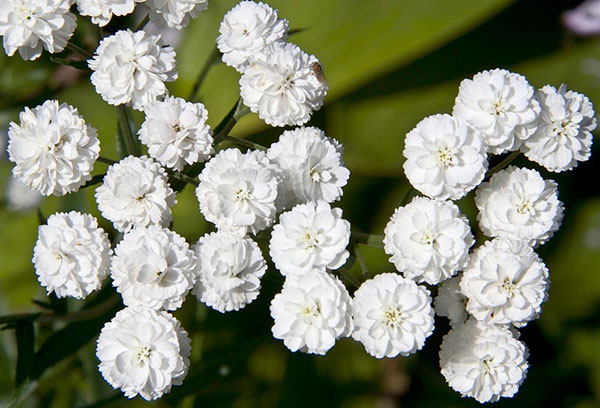

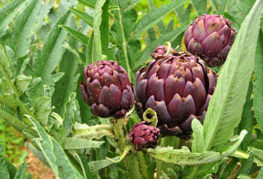
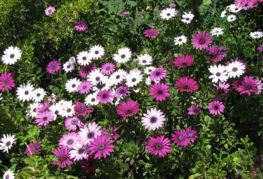
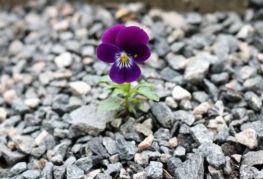
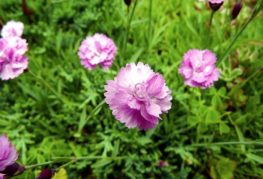
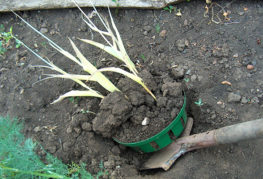
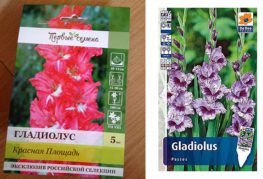
and will be published shortly.